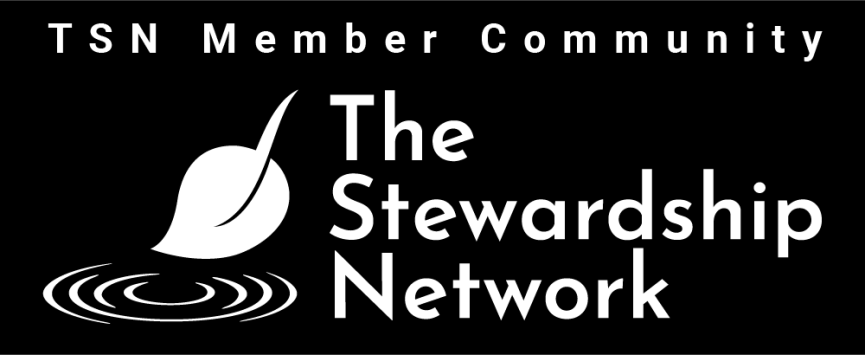Strategic Roadmap 2021 - 2023
During the fall of 2020, the California Landscape Stewardship Network’s Steering Committee began to review Network successes, assess current needs and opportunities, and chart a course forward. This process relied on input from:
- Targeted interviews with Steering Committee members and subset of Network partners and advisers
- A Network-wide survey of current participants
- Facilitated, in-depth Steering Committee discussions about key issues
Read the executive summary for an overview of the CA Network's four main focal areas for the next few years, as well as related objectives for each one or read the full strategic roadmap here.
What did we learn?
Our strengths and successes come from connecting people, listening to what they have to say, and pursuing solutions that emerge from those conversations.
- The Network’s core purpose is to connect people and offer a space for dialog and exchange. From there, solutions may emerge that address common needs and opportunities.
- It’s not just about making connections, it is also about how those connections are facilitated. The ideas generated when we convene a diversity of perspectives and experiences need to be further incubated, developed, and followed through on.
We need to connect to a broader range of people, sectors, and ideas representing diverse stewardship activities and perspectives.
- Essential to our core purpose of connecting people, the Network needs to do more to engage a) a broader range of stewardship perspectives from Indigenous communities and other racially/culturally/ethnically diverse participants from across the rural-urban spectrum; and b) more sectors representing different stewardship activities such as private working lands and sustainable recreation.
- To meet this opportunity, we will continue to build capacity among practitioners to practice collaborative leadership skills and continue to pursue new systems solutions that emerge from these broader conversations.
None of the goodness borne out of connectivity are possible without first fostering deep relationships, and a need for broader relationships is at the heart of our approach for 2021 – 2023. The work of collaboration can be slow, but it is the way we move beyond land protection toward caring for our social and ecological systems in ways that are democratic and durable. We will continue the work of broad participation, inclusivity, and access to bring the power of collective impact through networks to life.


